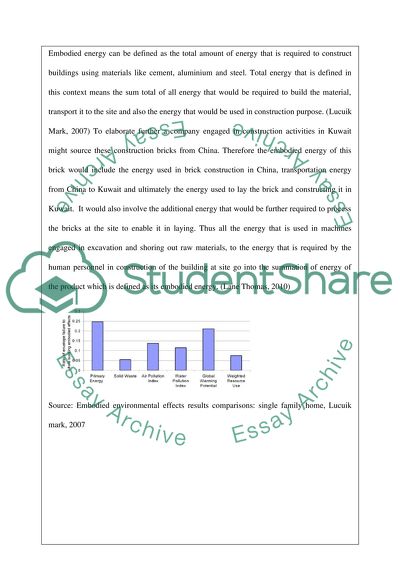Cite this document
(“Materila Failure and Embodied Energy Essay Example | Topics and Well Written Essays - 2500 words”, n.d.)
Retrieved from https://studentshare.org/environmental-studies/1416871-materila-failure-and-embodied-energy
Retrieved from https://studentshare.org/environmental-studies/1416871-materila-failure-and-embodied-energy
(Materila Failure and Embodied Energy Essay Example | Topics and Well Written Essays - 2500 Words)
https://studentshare.org/environmental-studies/1416871-materila-failure-and-embodied-energy.
https://studentshare.org/environmental-studies/1416871-materila-failure-and-embodied-energy.
“Materila Failure and Embodied Energy Essay Example | Topics and Well Written Essays - 2500 Words”, n.d. https://studentshare.org/environmental-studies/1416871-materila-failure-and-embodied-energy.


